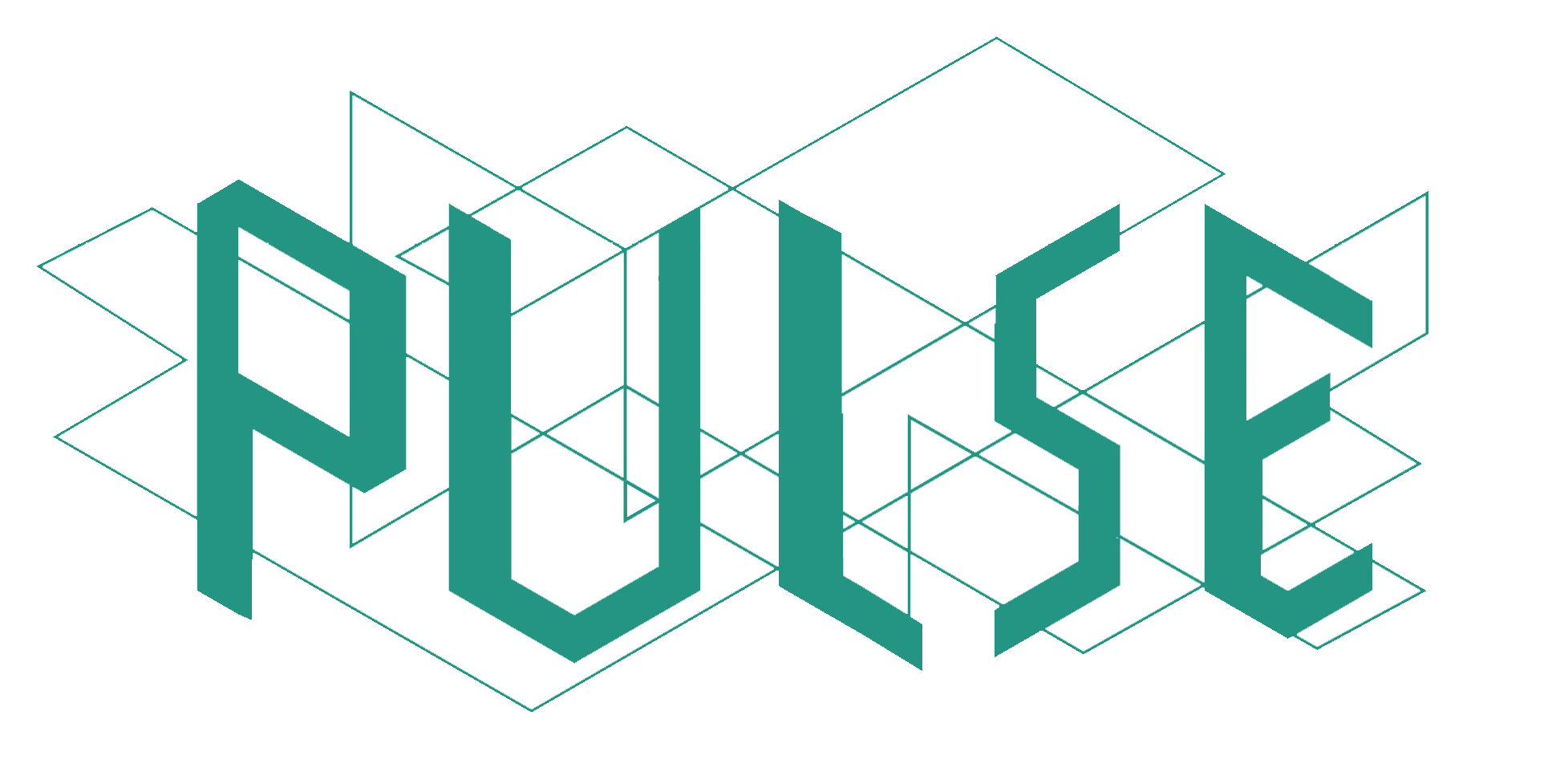Green energy
Recently Buck, a Flemish comedy series for Ketnet TV (the kids channel of public broadcaster VRT), achieved a 93% reduction in carbon emissions from energy use and saved over €12,000 by using an alternative power source on location.
Buck received funding and sustainability coaching from Green Screen partner VAF Media Fund. Inspired by this, producers Barbara Van Poeck of Zodiak Belgium and Riet De Prins of VRT made environmentally friendly choices throughout the project. They motivated cast and crew to be as green as possible. Barbara and Riet opted for sustainable catering, reusable tableware and personalised water bottles and encouraged the use of public transport. They also made the choice to limit the use of diesel generators.
Distribution box
Since most of the filming was in one location, a rented house in Keerbergen, Flanders, the crew were able to install a temporary electrical distribution box for their power supply. This type of box, often used on construction sites, can be plugged into the public power network. It has multiple advantages over traditional diesel generators:
much cheaper than a traditional generator. The rent is approximately €15 per month, and the production only has to pay for the electricity it consumes.
allows the production to choose a green electricity provider (a renewable energy source).
reduces CO2 emissions and air pollution by avoiding the use of fossil fuel, normally diesel, that would power a traditional generator.
produces much less noise
more efficient – there is no wasted electricity generation.
more user friendly: plug and play, with no need to refill fuel.
The boxes can be rented, so there is no need to invest in expensive hardware. The entire installation also undergoes a safety check before use. The box is only suitable for productions shooting for several days at one location, because it takes time to request the connection from the power distributor and arrange the safety check.
Distribution box
Energy supply
An alternative for more mobile productions is to plug in directly to the public network in each location. Ketnet TV series Buck reduces carbon emissions and costs Alternative power: By using mixed energy supplies from the local grid (1.93 tons of CO2 over 11 days), the distribution box (0.28 tons of CO2 over 60 days) and generator (0.23 tons of CO2 over 2 days), Buck’s energy strategy generated total emissions of only 2.44 tons of CO2. By comparison, using a generator for the entire shoot (73 days) would have generated 38.1 tons of CO2. This is a carbon saving of 93% on energy use. Choosing a mixed power supply also saved over €12,000: the cost was only €6,140, compared to at least €18,250 for a generator. The cost of the temporary distribution box, including green electricity for 60 days, was only €2,026 or €34 per day.
“As Buck shows, positive choices for the environment can also make significant budget savings. ”
Tim Wagendorp, Sustainability Co-ordinator at VAF, says “As a producer you have a major impact on the environment during pre-production, production and post-production phases of your project, and you can make a difference by taking conscious, sustainable choices. As Buck shows, positive choices for the environment can also make significant budget savings. It’s a matter of good planning and common sense.”




